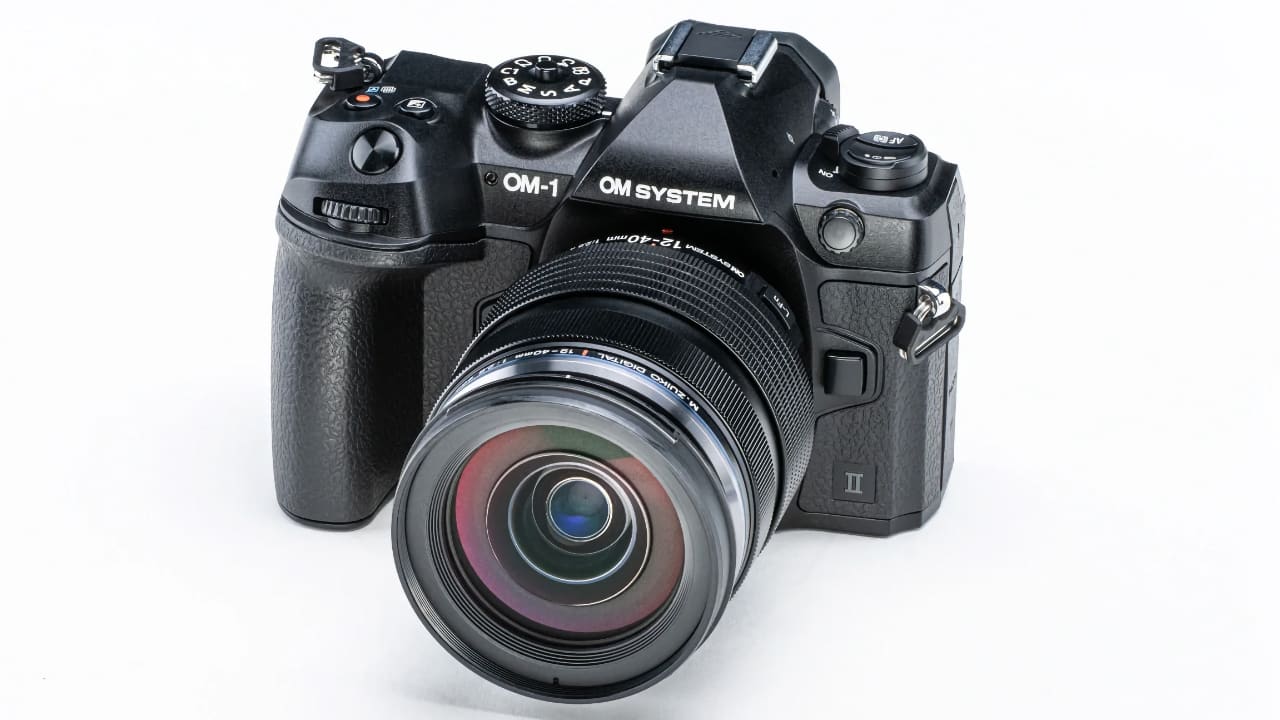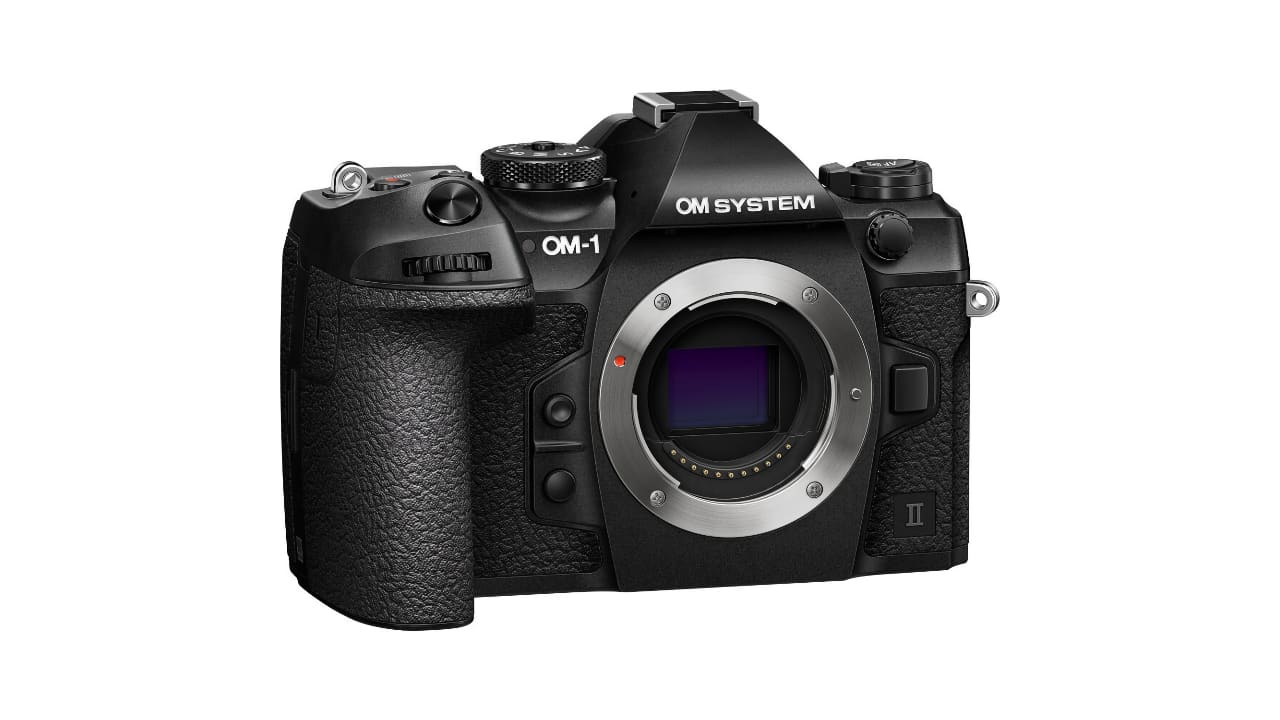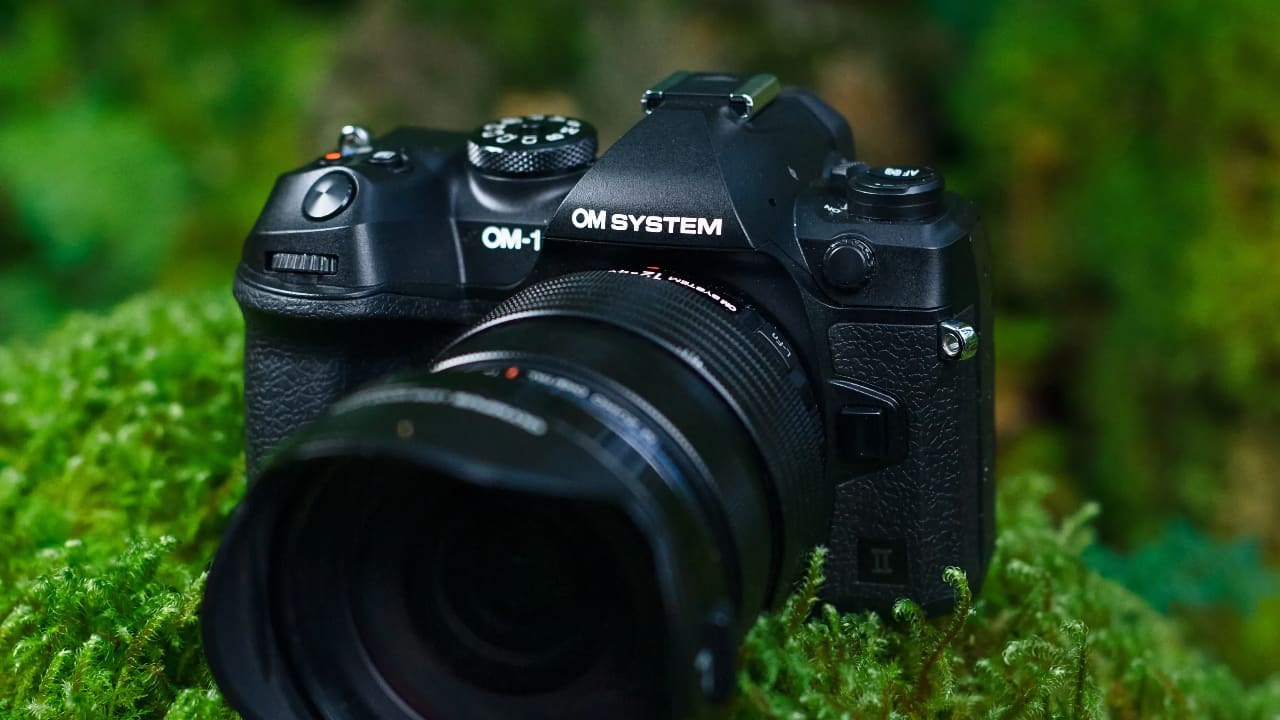
The OM System OM-1 Mark II looks to build on the stellar reputation of its two-year-old predecessor with an evolutionary rather than a revolutionary approach.
OM System, the company that now owns the Olympus camera brand, has released the OM-1 Mark II two years after the original flagship system debuted. The OM-1 made waves, not just because of photography’s long and happy associations with the original camera of that marque, but also because the reimagined OM-1 was a seriously capable Micro Four Thirds camera.
The baby has certainly not been thrown out with the bathwater. Indeed, some of the bathwater is being reused and recycled, and the OM-1 Mark II is more evolutionary than revolutionary. For a start, the image sensor is the same 20MP stacked BSI Live MOS sensor coupled with a TruePic X processor featured in the original unit. But there are enough new features to justify the $200 improvement over the original unit, the OM-1 Mark II now coming in at $2399, body only.

Shooting speeds have remained static, allowing for up to 50 frames per second with full AF/AE and 120 fps with locked AF/AE, but the addition of more memory has increased buffer depth. At 50fps, you now get a 256-frame buffer in RAW.
Elsewhere, improved Auto Focus, enhanced AI subject detection for humans, Live Graduated Neutral Density filters, an updated and improved menu configuration, 14-bit RAW output, and rubberized dials are among the headline new features.
The Live GND (Graduated Neutral Density) function is definitely worth mentioning, as OM System bills it as a world’s first. It allows for selective application of the digital filter simulation effect to specific parts of the image frame, similar to using an optical graduated ND filter. Users can choose whether they want the gradient to have a hard, medium, or soft edge and whether they want it to have a 1, 2, or 3-stop impact (ND 2, 4, or 8). The effects of the filter can be previewed in real-time via the EVF or LCD, allowing for precise exposure adjustments, all in all making it an excellent addition to the camera's existing Live ND function.
That, too, has been tweaked. It now offers strength up to ND128, doubled from the original strongest filter option of ND64. And the 5-axis in-body image stabilization system can now compensate for up to 8.5 stops of shake in-camera and supports sync IS to work with IS-enabled lenses.
Auto Focus has been ramped up. The Cross Quad Pixel autofocus system uses 1053 individual focus points, allowing the camera to catch focus nearly anywhere on the sensor. Add in the by now usual AI processing, and the camera automatically detects subjects such as birds, humans (better than on the previous model), animals, cars, airplanes, and trains to keep them in focus and track their movements.
Possibly the one disappointment lies in video. 9:16 support has been added, but while DCI & UHD 4K video recording are supported at up to 60p and 10-bit 4:2:0 sampling (and Full HD recording at up to 240 fps), there is a general lack of modes compared to its competitors. Narrow it down to video alone, and the likes of the Panasonic Lumix G9 II present more capable and cheaper ($1899) options.

The OM-1 Mark II in its natural environment
But it’s hardy, as befits a series that has made its reputation in the outdoors. The Mark II features the same IP53 certification as its predecessor, is freezeproof down to -10℃, and also has a sensor filter to ward off dust and dirt from the camera innards with 30,000 vibrations per second each time the camera is powered on.
And, rounding it all up, you also get a 5.76m-dot OLED Electronic Viewfinder and a 3.0" 1.62m-dot Swivel Touchscreen LCD. Weight is an agreeably compact 599g, including battery and memory card.
The OM System OM-1 Mark II will be available in late February for $2399.


Comments